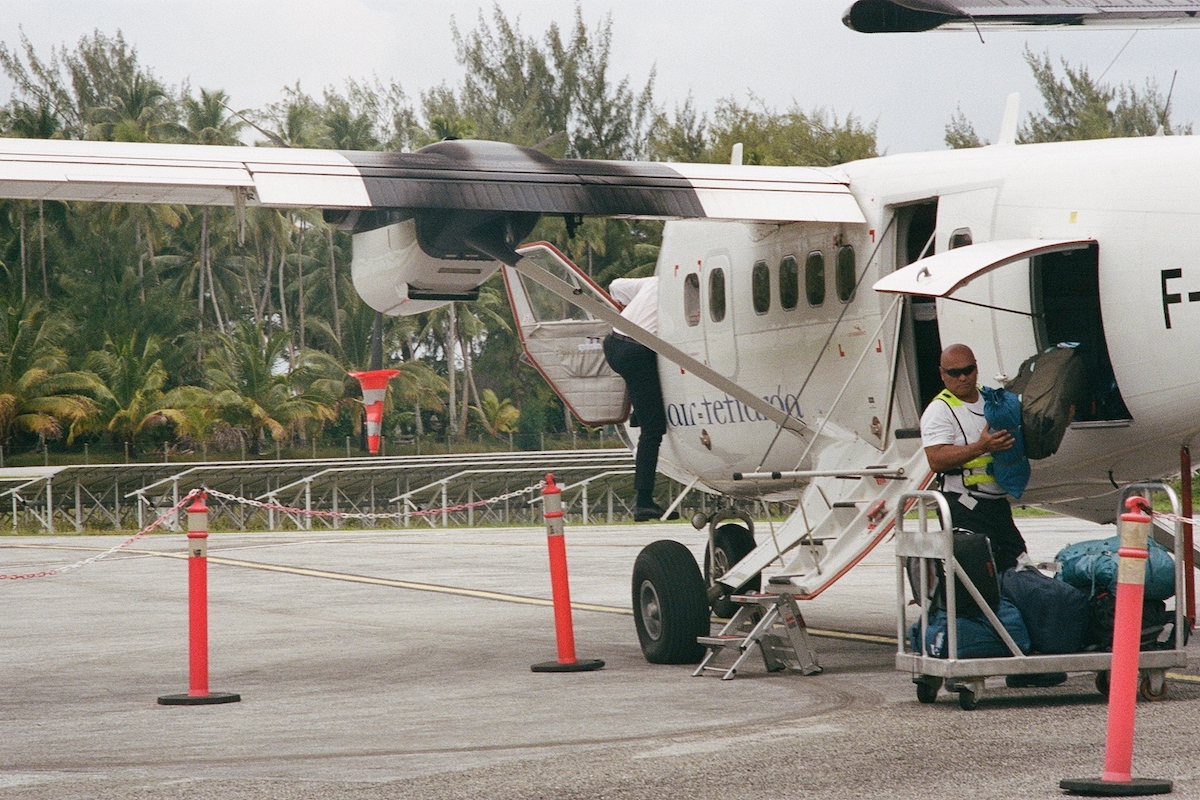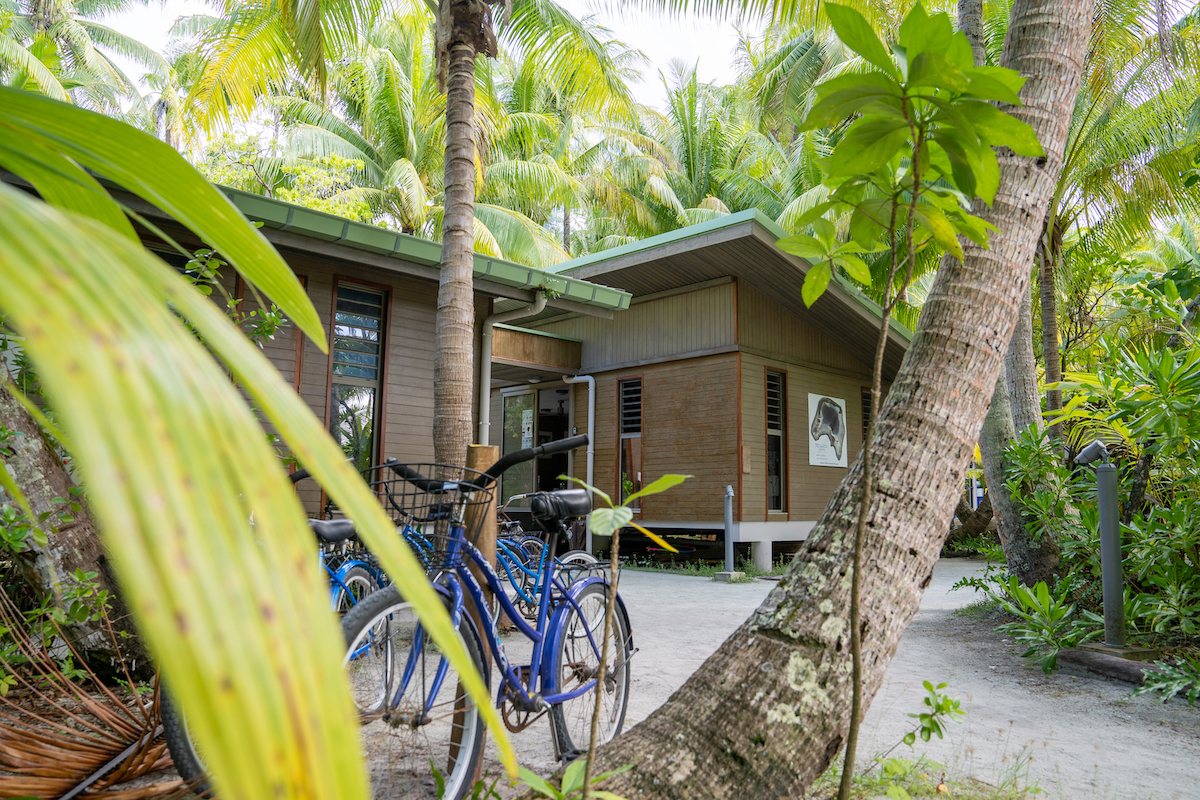

Principal Investigators
Associated investigators
Grant
Herbivory by fishes and sea urchins is a powerful mechanism on coral reefs that mitigates coral-algal competition by physically removing algae and creating bare space. Constrained grazing by parrotfishes has the ability to remove continuous swaths of algae, exposing areas of bare calcium carbonate that contain microhabitats (e.g. small ridges and crevices) that could potentially foster coral settlement and early survival. Within the context of grazer behavior and benthic dynamics, the goals of our research are twofold. First, we aim to test the relationship between parrotfish feeding behavior (i.e. size and spatial patterns of bite scars) and rates of coral settlement within grazed areas containing microhabitats. Second, we are interested in the successional community of endolithic bacteria and algae that recover in the top millimeters of dead coral substrate after a parrotfish grazing event. Recent evidence suggests that parrotfish are deriving more nutritional value from the endolithic community growing within the dead coral skeleton compared to the algae growing on top. We aim to further understand how the endolithic community changes through time in order to explain anomalies in parrotfish feeding behavior that we have observed in other coral reef systems. All of this work will be in close collaboration with the Burkepile Lab.

